New Breakthrough in Declarative Graph Benchmarking: GraphScope Flex Shatters LDBC SNB Interactive Benchmark World Record
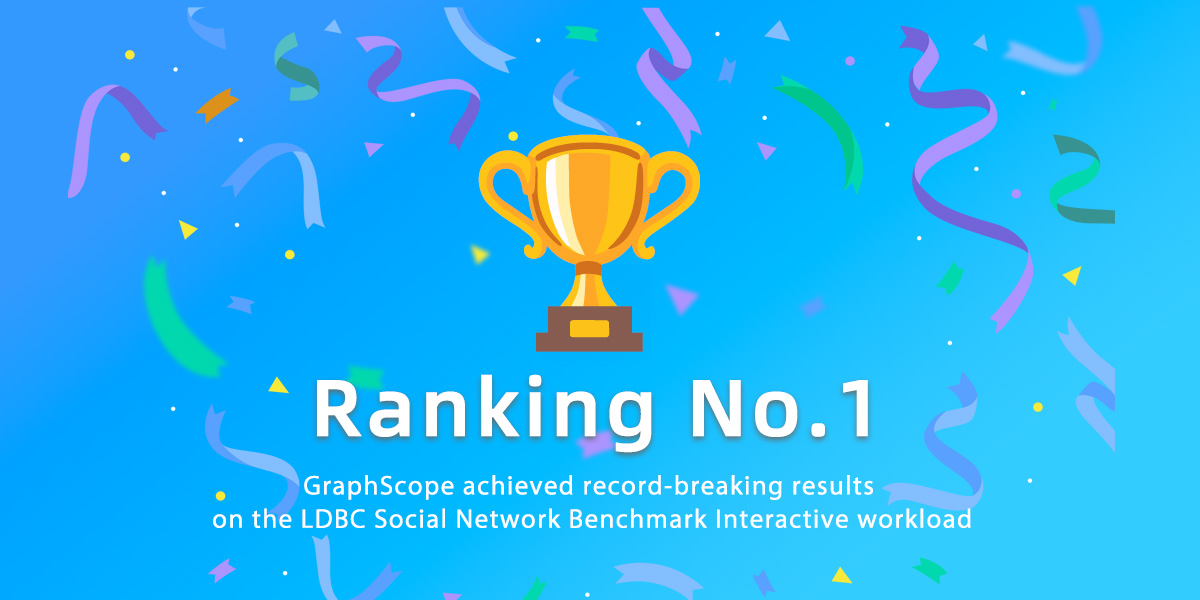 The Linked Data Benchmark Council (LDBC) has released the latest results of its SNB Interactive Benchmark (via Declarative Queries), where GraphScope Flex achieved a historic breakthrough with a throughput exceeding 80,000 QPS (queries per second) – nearly twice the performance of the previous record holder!
The Linked Data Benchmark Council (LDBC) has released the latest results of its SNB Interactive Benchmark (via Declarative Queries), where GraphScope Flex achieved a historic breakthrough with a throughput exceeding 80,000 QPS (queries per second) – nearly twice the performance of the previous record holder!
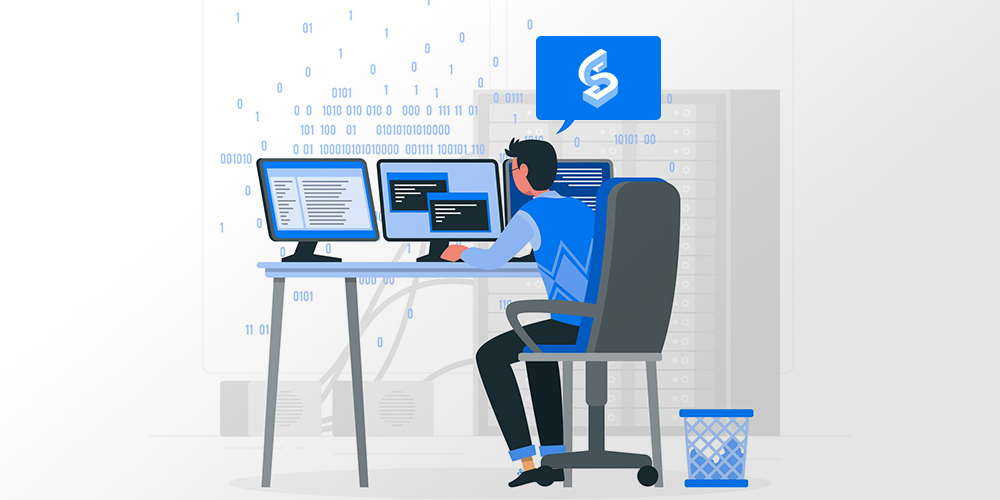

 From June 9th to June 15th, 2024, SIGMOD 2024 was held in Santiago, Chile.
The GraphScope team presented their paper “
From June 9th to June 15th, 2024, SIGMOD 2024 was held in Santiago, Chile.
The GraphScope team presented their paper “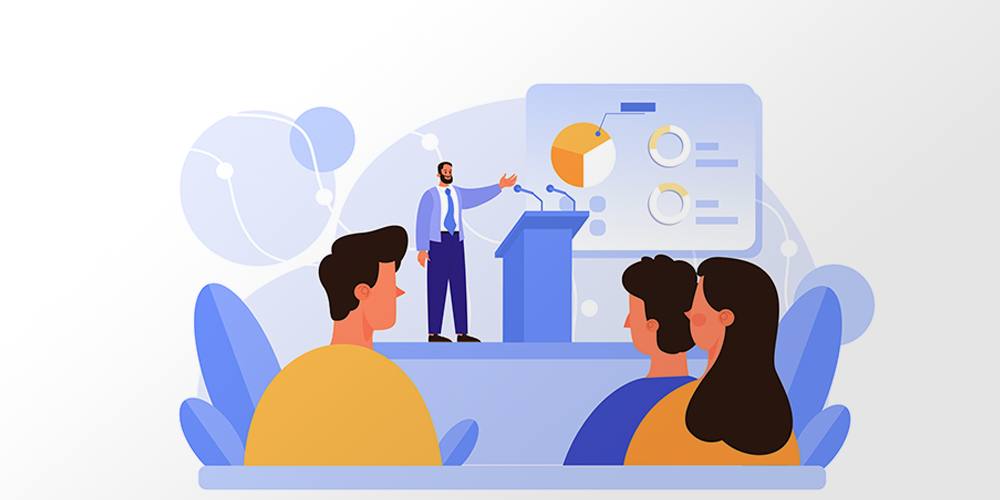 From June 9th to June 15th, 2024, SIGMOD 2024 was held in Santiago, Chile.
Graph computing remains a hot topic at this conference, and it is also the area that received the most paper submissions.
SIGMOD 2024 organized a panel discussion on graph computation titled “The Future of Graph Analytics”.
From June 9th to June 15th, 2024, SIGMOD 2024 was held in Santiago, Chile.
Graph computing remains a hot topic at this conference, and it is also the area that received the most paper submissions.
SIGMOD 2024 organized a panel discussion on graph computation titled “The Future of Graph Analytics”.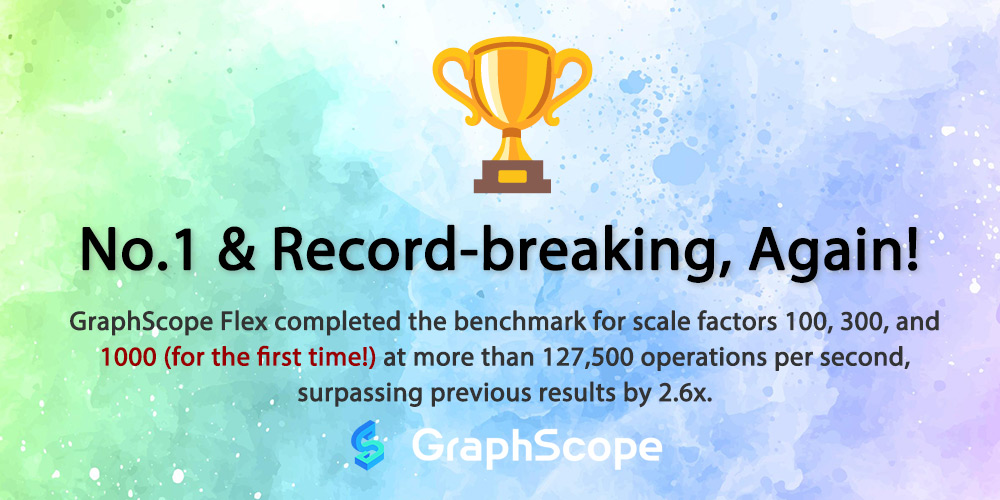 Recently,
Recently,  We are pleased to announce an array of improvements in the GraphScope 0.26.0 release. In this release, under the original GraphScope framework, the persistent storage Groot of the Graph Interactive Query Engine (GIE) allows users to launch a Secondary Instance in read-only mode, thereby enhancing the performance of reading graph data. Under the GraphScope Flex architecture, the graph query engine GraphScope Interactive, which is designed for high-concurrency scenarios, now supports running on macOS and has introduced compaction operations for graph data.
We are pleased to announce an array of improvements in the GraphScope 0.26.0 release. In this release, under the original GraphScope framework, the persistent storage Groot of the Graph Interactive Query Engine (GIE) allows users to launch a Secondary Instance in read-only mode, thereby enhancing the performance of reading graph data. Under the GraphScope Flex architecture, the graph query engine GraphScope Interactive, which is designed for high-concurrency scenarios, now supports running on macOS and has introduced compaction operations for graph data.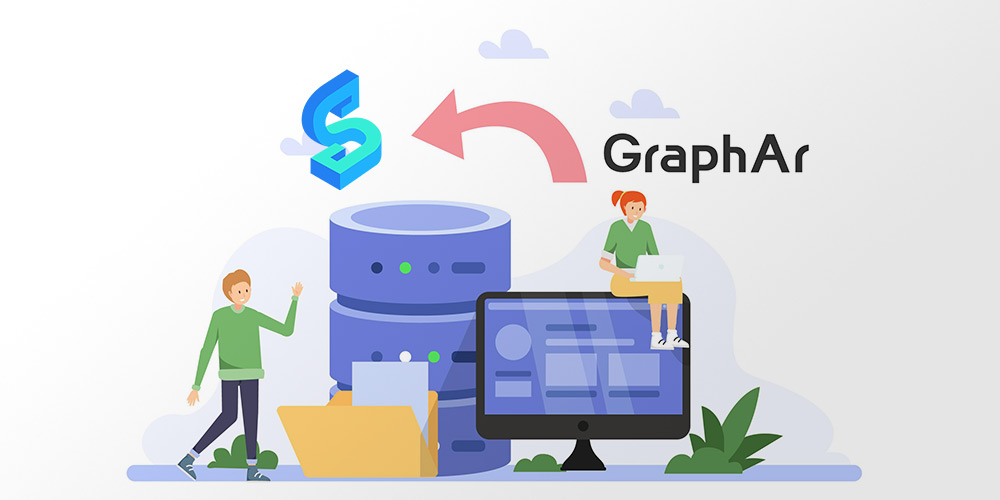
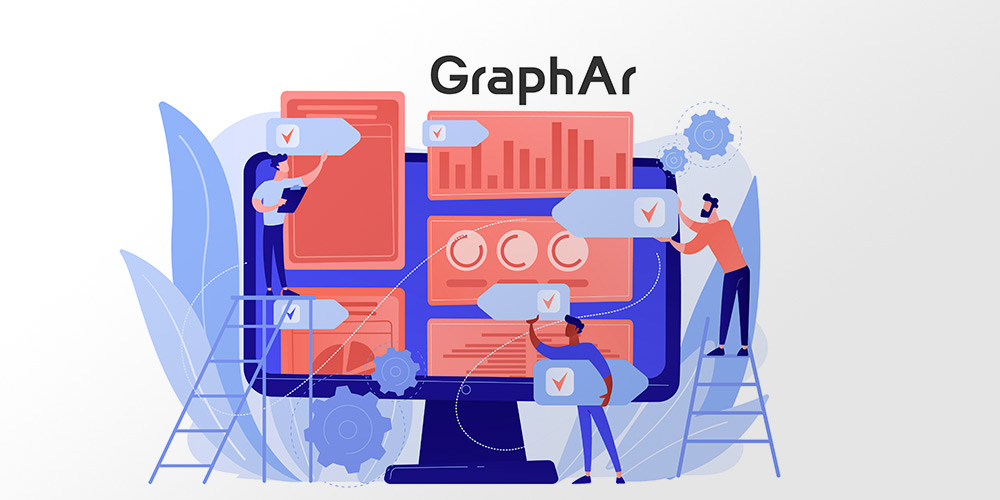
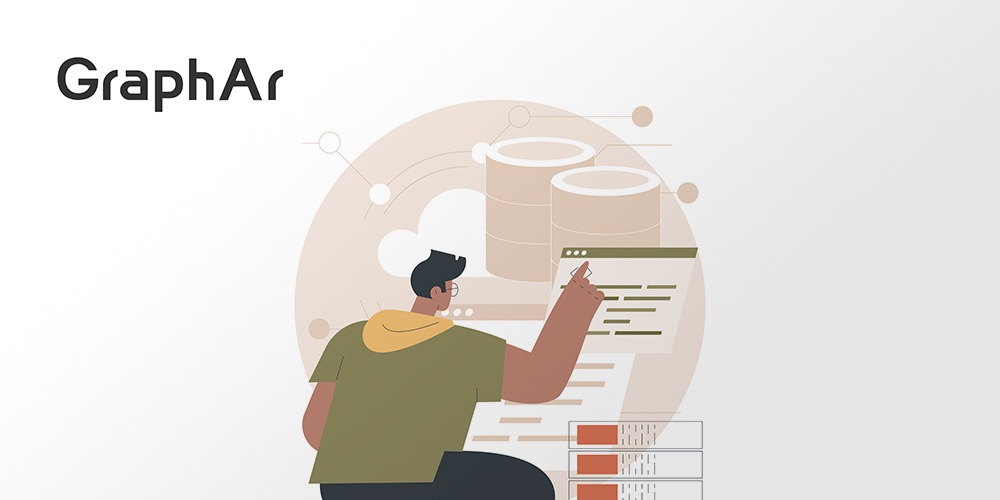 In this post, we will introduce
In this post, we will introduce  In this post, we will introduce
In this post, we will introduce